What is the method of coffee bean enzyme treatment? What difference does coffee bean sunbathing water wash honey treatment have?
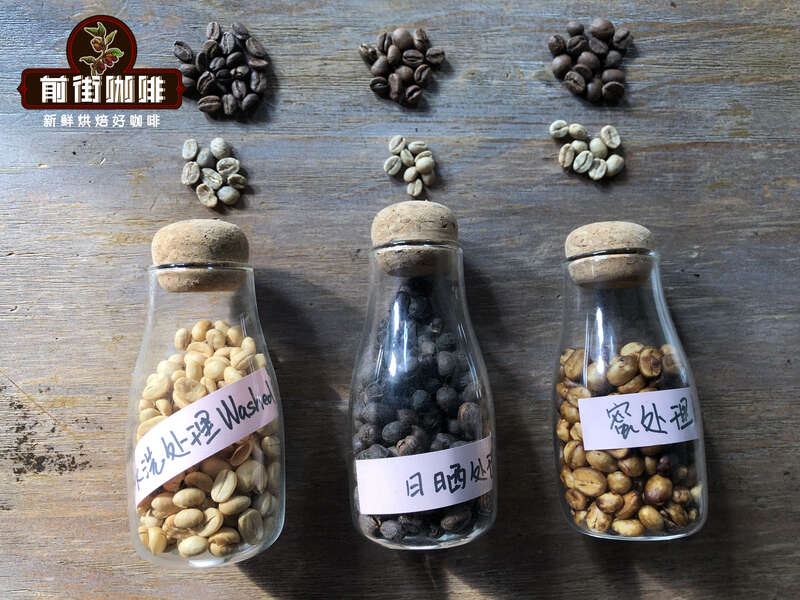
Professional coffee knowledge exchange More coffee bean information Please pay attention to coffee workshop (Weixin Official Accounts cafe_style)
Coffee beans are commonly treated in three ways: sun, water, honey treatment, three treatment processes will have different degrees of fermentation. Enzyme treatment is to use different mechanisms of bacteria on the basis of washing, using fermentation principles to create more flavor, is this treatment good or bad? Qianjie believes that if only a small amount of this fermentation method is used to create some coffee beans with special flavor to attract the public, its effect is positive. But it's bad if it's widely used to mask the flawed flavor of the beans themselves, rather than improving coffee flavor through improved planting techniques and varieties. So how does enzyme processing work with coffee beans? Enzymatic treatment is generally carried out together in anaerobic treatment. Anaerobic fermentation process comes from red wine manufacturing, this method is in the closed container into carbon dioxide, squeeze out the oxygen inside, in the oxygen-free environment, slow down the decomposition rate of sugar in coffee pectin, pH value also drops at a slower rate, extend the fermentation time, thereby developing a better sweet taste, and a more balanced flavor, finally get a unique flavor of coffee beans. Anaerobic fermentation requires a completely closed, opaque container that can be monitored. The container is placed indoors, and the temperature in the room is strictly controlled. The temperature and time can be controlled to control the fermentation degree of the container.
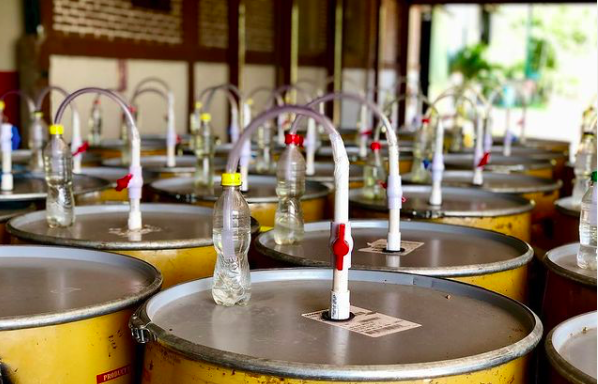
The enzyme anaerobic treatment method is to remove the defective floating beans by washing, and combine special enzyme group fermentation during anaerobic fermentation. After fermentation, the mucus on the surface of the coffee beans is washed off by washing treatment method, and then the coffee beans are dried by drying or drying in the shade to avoid the high temperature of the sun. The coffee beans cry excessively and produce bad flavor again. This treatment method is called anaerobic enzyme washing.
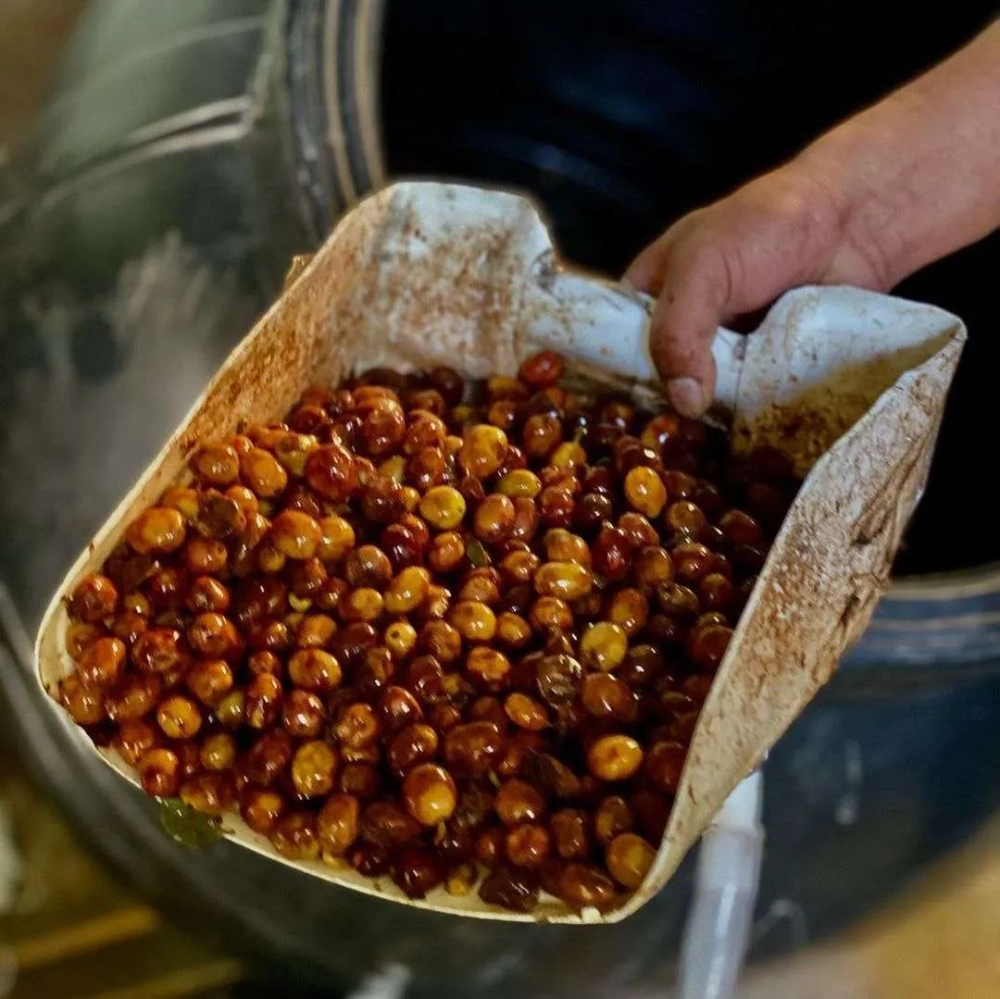
Front Street Coffee has always come from Colombia Big Tree Manor's Rose Valley Coffee, which uses anaerobic double enzyme washing. Double enzyme is to inject two enzymes in the process of anaerobic fermentation, which improves the aroma and acid of coffee beans.
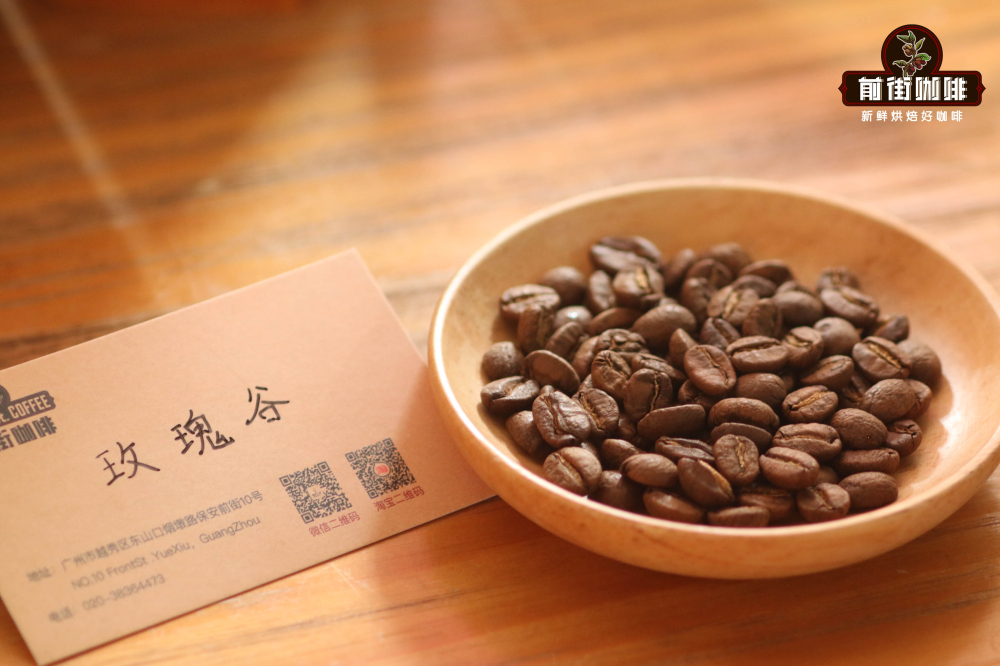
Front Street Coffee: Colombia Big Tree Manor Rose Valley Coffee Bean
Manor: Colombia Big Tree Manor
Production area: Santander
Treatment method: anaerobic double enzyme washing
Altitude: 1700m
Breed: Cadura
Brewing Flavor: Peach sweetness with rose aromas, black grape quality sour and sweet, creamy toffee silky taste, followed by chocolate aromas of wine.
How does washing process coffee beans?
Coffee fruits are sent for processing immediately after picking, usually within 6 to 12 hours of picking. Coffee fruits are weighed and then soaked in water in order to pick out unripe fruits and defective beans that float due to lack of maturity.
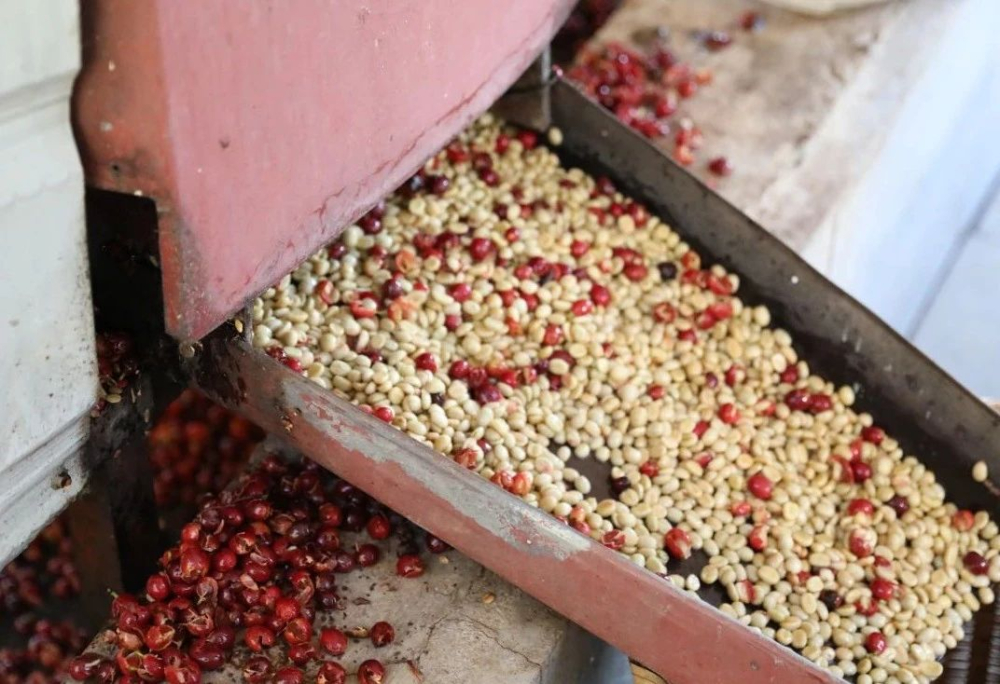
The fruit is then fed to a beater for peeling, a step that removes the skin and pulp from the fruit. The fruit, stripped of pulp and peel, is sent to a fermentation tank or vat for 18 to 36 hours, where enzymes break down the mucus/pectin in the fruit. The de-gelatinized coffee fruit will be washed with appropriate amount of water in the pool. During the washing process, the pectin decomposition products on the surface of the coffee beans will be removed by agitation. After washing, the coffee sheepskin layer, silver skin and green beans will be left.
After washing, the beans are sorted to remove defective beans. It is then sent to a drying place (tarpaulin, concrete floor, high bed, etc.) for drying. Drying treatment will depend on environmental climate and other factors to determine the length of time, generally can be 5 to 14 days. The moisture content of the beans drops from 55% to 11%. The dried coffee beans are called shelled beans, i.e. green beans with a sheepskin layer. The shelled beans will be sent to the warehouse for storage, and will be shelled before export to get the inner beans we want.
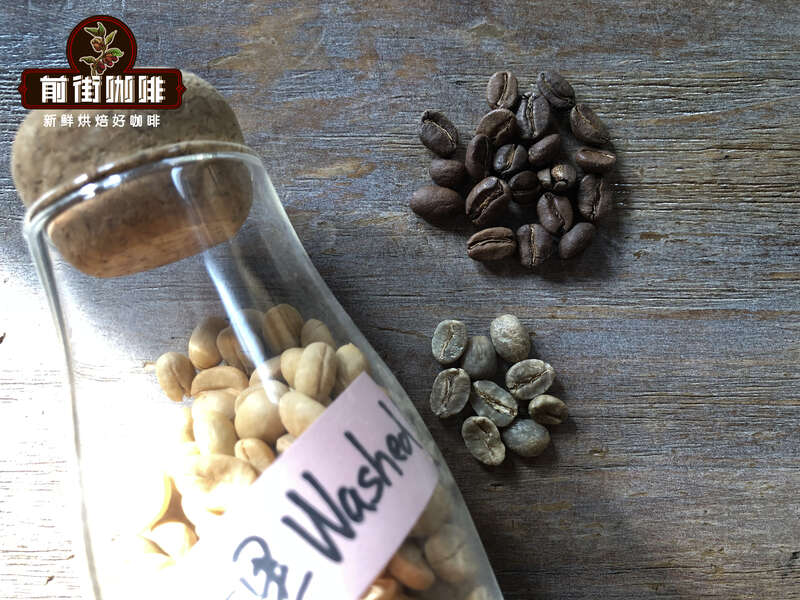
Qianjie thinks that the coffee beans washed by water can highlight the cleanliness of coffee, while the coffee beans washed by water have obvious acid quality, good cleanliness, moderate touch and the most consistent quality of green beans. The Yegashfi region of Ethiopia is most popular for washing to highlight the bright acidity and rich floral aroma of Yegashfi beans.
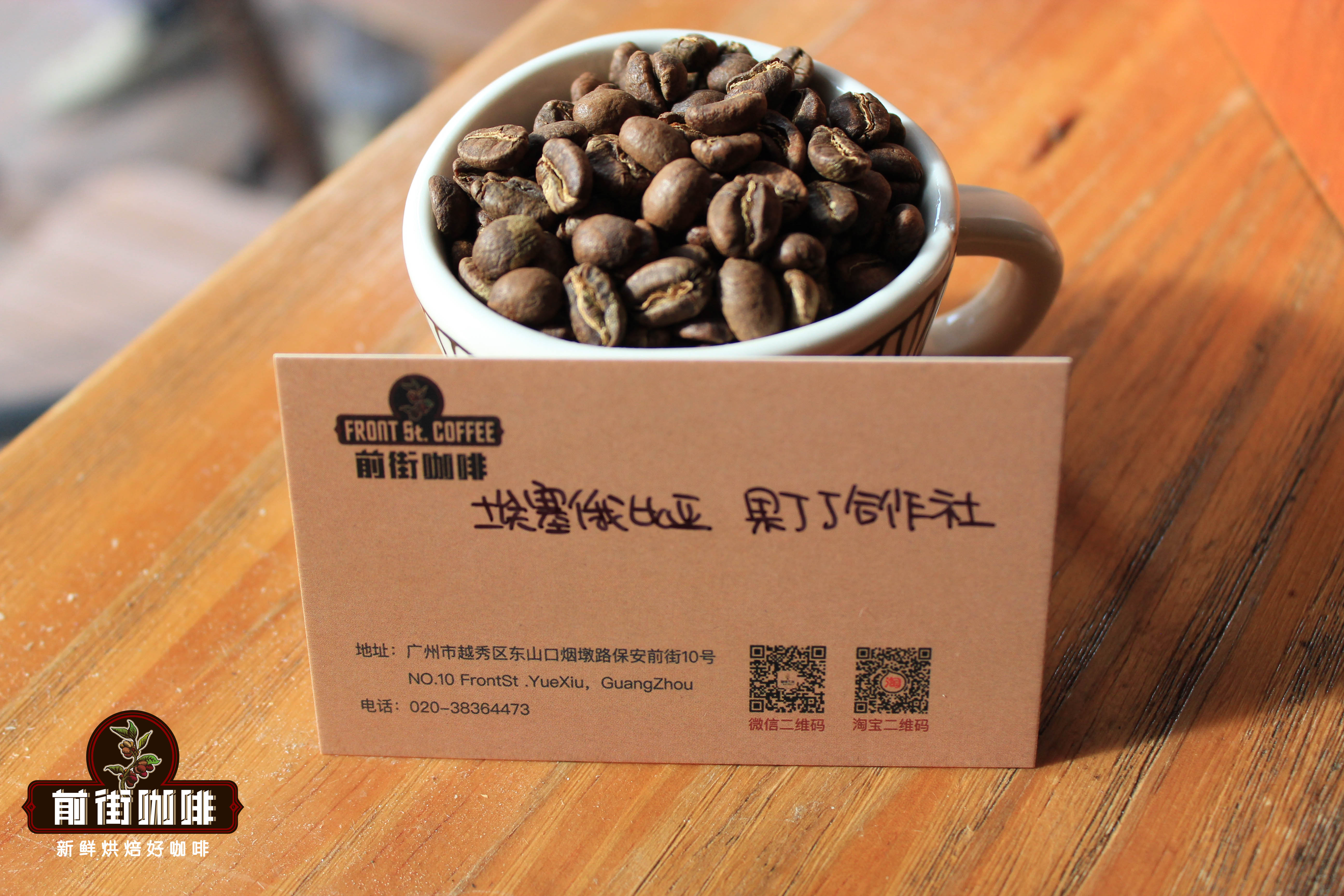
Front Street Coffee: Yejia Xuefei Fruit Tintin Cooperative Coffee Bean
Production area: Gedeo Zone
Altitude: 1900-2300m
Breed: Native species (Heirloom)
Treatment: Washing
Grade: G1
Flavor: Citrus, black tea, cream, caramel, almond finish with temperature change, clear and sweet taste.
How to treat coffee beans by sun treatment?
After picking, the coffee fruits will be manually selected for screening, and the defective coffee fruits in the coffee fruits, including overripe, immature, worm-eaten, etc., of course, there are foreign matters other than fruits.
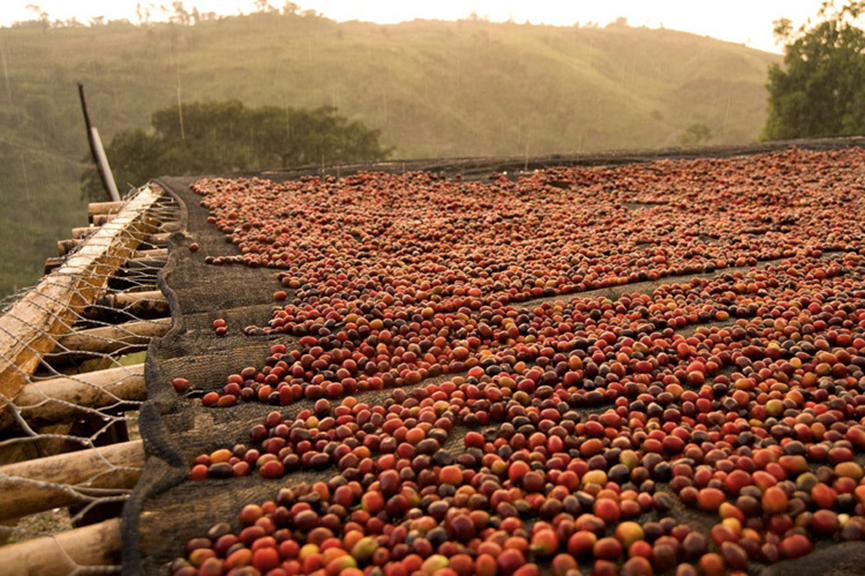
After screening, the coffee fruit will be sent to the drying place for drying. Different drying racks may be used in different areas. Some will be waterproof cloth, some will be high bed, some will be cement ground, etc., and the drying time will be 3 to 4 weeks on average. The drying process will not be completed until the coffee moisture content drops to 11%. After drying, the coffee fruit is sent to a processing plant for peeling and even polishing. The skin and pulp will be removed in this step.

After peeling, the green coffee beans are screened again to remove the bad coffee beans. This reflects the quality of the coffee drying process, excessive drying of coffee beans will be more fragile, peeling process will be broken into debris; and insufficient drying of coffee beans too much water, excessive water activity, easy to breed bacteria, mildew and so on. After screening, it is sent to the warehouse for storage until export.
Qianjie believes that the sun treatment can highlight the smoothness of coffee, more mellow than the washing treatment method, more acid performance for juice, coffee sweet feeling obvious. Ethiopia's Sidama region is most favored for sun treatment to highlight the region's rich berry acids and the sweetness of ripe berries.
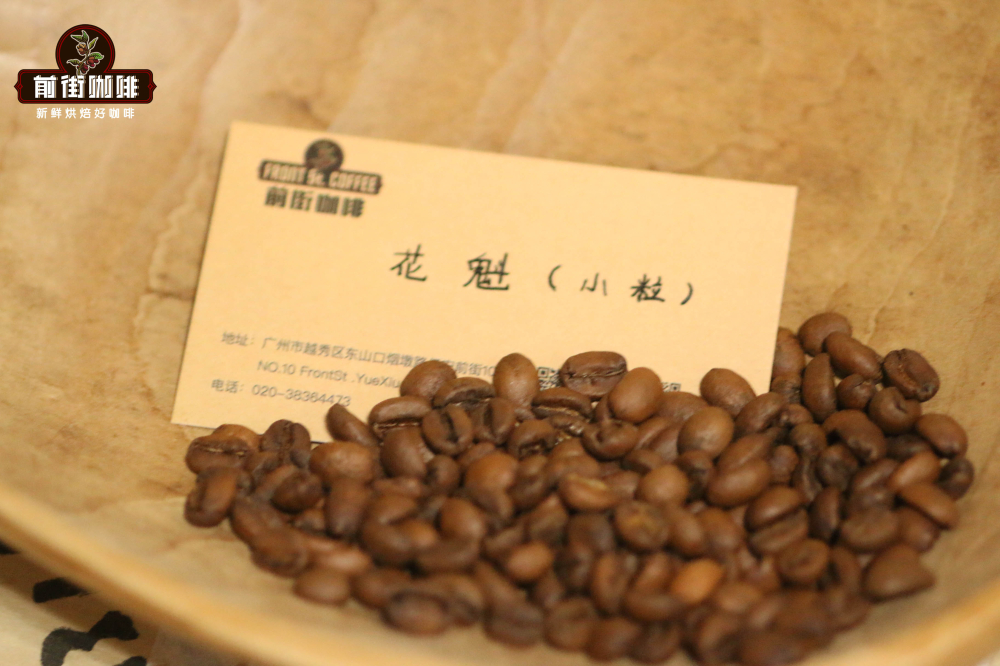
Front Street Coffee: West Dharma Coffee Bean
Production area: Gujihambella
Plant: Buku Able
Altitude: 2250-2350 m
Breed: Native species
Grade: G1
Treatment: Solarization
Brewing Flavor: Citrus acidity, berry juice fullness, lemon tea tea, sweet lasting.
How to treat coffee beans?
Honey treatment is between sun treatment and washing treatment. The sweet feeling of honey treatment depends on the setting of pulp scraper. The more pulp pectin retained, the sweeter the honey treatment. Why not? Coffee fruit is composed of pericarp, pulp, pectin, parchment, silver peel and fruit core (coffee bean). Coffee fruit pulp and pectin is the place containing the most sugar in the whole coffee bean, so in the honey treatment process, the amount of pectin retained in the coffee fruit pulp will affect the coffee bean in the drying process to convert more or less sugar in the pulp pectin. However, Qianjie believes that this will also have disadvantages at the same time, because the sugar content is high, high temperature will accelerate the fermentation of pulp pectin, if not strictly controlled, it is easy to appear moldy, excessive fermentation phenomenon.
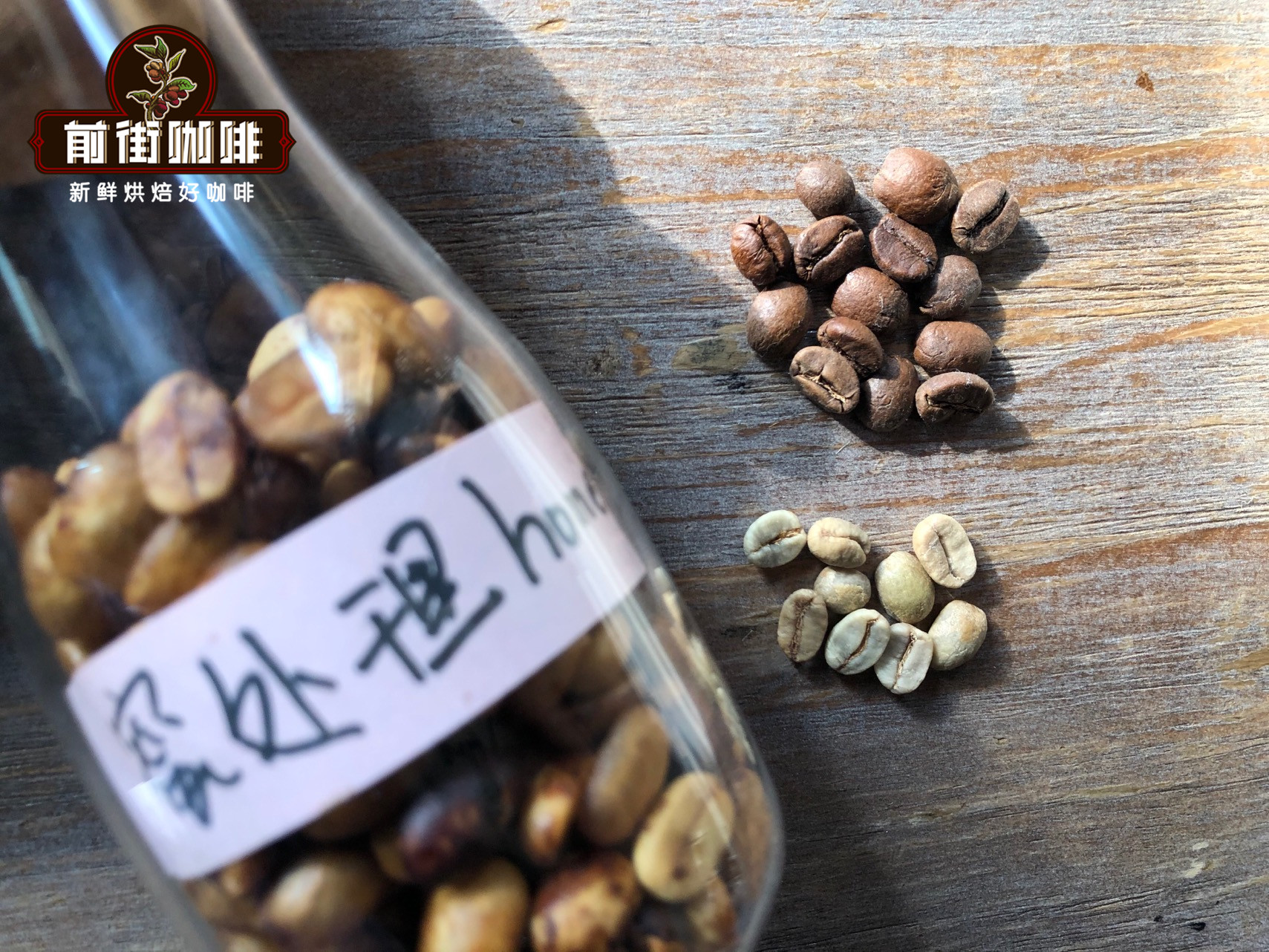
[Black honey treatment] almost does not remove pectin, so drying takes the longest time, it needs to last more than 14 days, in order to avoid drying too fast, will use a cover to block too strong sunlight, so that sugar conversion is more adequate.
[Red honey treatment] Keep 80% pectin (the specific practices of each manor vary), and the sun lasts for about 12 days. Shed may also be used during the process.
[Yellow honey treatment] retain 40-60% pectin, accept the most light drying, lasting about 8 days.
[White honey treatment] retains 40-60% pectin, which is thinner on the drying bed when dried, and the drying time is shorter.
Qianjie believes that the coffee bean flavor of honey treatment method is better, sour and sweet balance, and there is sunshine, the aroma of the coffee bean itself will be amplified, and the alcohol flavor is strong. The honey treatment method officially appeared in Costa Rica and El Salvador and other Central and South American regions, and is now widely used in Costa Rica.
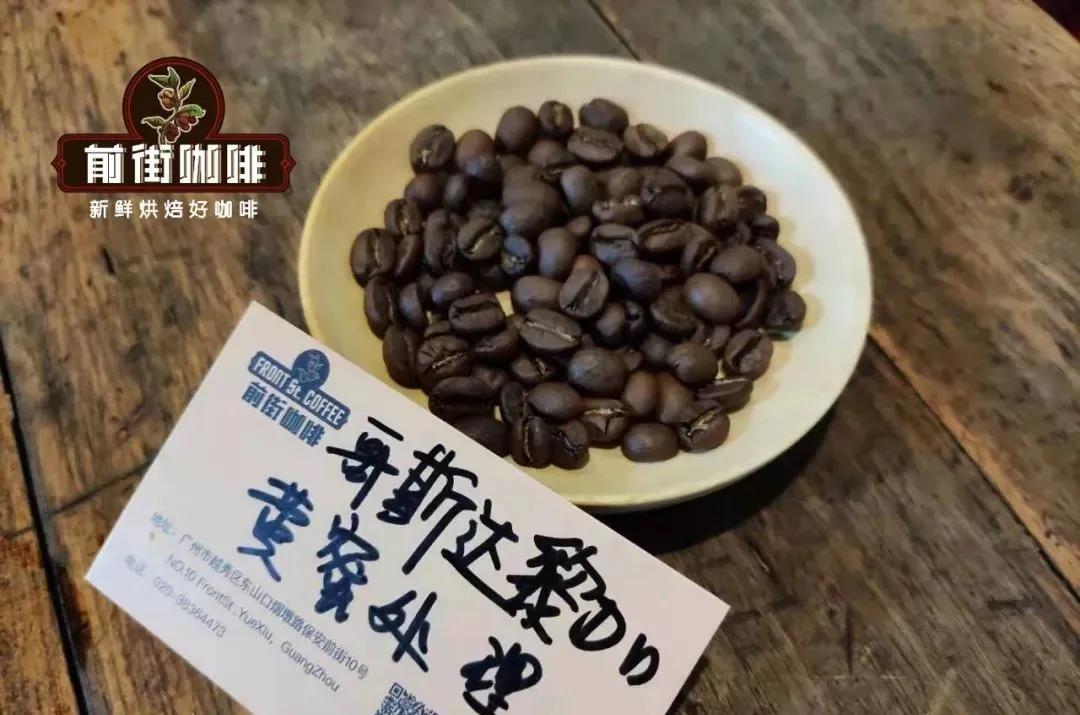
Front Street Coffee: Costa Rican Yellow Honey Treated Coffee Beans
Production area: Costa Rica Tarazhu
Breeds: Kadura, Kaduai
Treatment: yellow honey treatment
Altitude: 1500m
Brewing Flavor: The mouth has obvious fermentation aroma, citrus acid notes, chocolate sweet in the middle, caramel and green tea in the end, with floral and fir aromas in the finish, overall balanced.
More fine coffee beans, please add private WeChat Qianjie Coffee, WeChat: kaixinguoguo0925
Important Notice :
前街咖啡 FrontStreet Coffee has moved to new addredd:
FrontStreet Coffee Address: 315,Donghua East Road,GuangZhou
Tel:020 38364473
- Prev
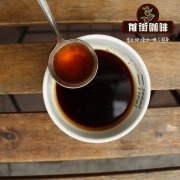
The difference of flavor and taste between coffee and soybean honey treatment and sun treatment which kind of coffee is sweet?
Professional coffee knowledge exchange more coffee bean information please follow the coffee workshop (Wechat official account cafe_style) Why is it called honey treatment? There are three main ways to treat coffee: sun exposure, water washing and honey treatment. The sun drying method is to directly expose the coffee cherries before removing the shell and pectin layer; the water washing method is to screen the coffee pulp before exposure and ferment to remove the pectin layer.
- Next

How much flesh does coffee honey keep? How many kinds of honey treatment are there?
Professional coffee knowledge exchange more information about coffee beans Please follow the coffee workshop (Wechat official account cafe_style) how much pulp is retained in coffee honey treatment? How many kinds of honey treatment are there? As mentioned earlier, honey treatment is a kind of treatment between sun treatment and water washing. It keeps the coffee clean by washing, and because it goes down together with the pulp mucosa.
Related
- Detailed explanation of Jadeite planting Land in Panamanian Jadeite Manor introduction to the grading system of Jadeite competitive bidding, Red bid, Green bid and Rose Summer
- Story of Coffee planting in Brenka region of Costa Rica Stonehenge Manor anaerobic heavy honey treatment of flavor mouth
- What's on the barrel of Blue Mountain Coffee beans?
- Can American coffee also pull flowers? How to use hot American style to pull out a good-looking pattern?
- Can you make a cold extract with coffee beans? What is the right proportion for cold-extracted coffee formula?
- Indonesian PWN Gold Mandrine Coffee Origin Features Flavor How to Chong? Mandolin coffee is American.
- A brief introduction to the flavor characteristics of Brazilian yellow bourbon coffee beans
- What is the effect of different water quality on the flavor of cold-extracted coffee? What kind of water is best for brewing coffee?
- Why do you think of Rose Summer whenever you mention Panamanian coffee?
- Introduction to the characteristics of authentic blue mountain coffee bean producing areas? What is the CIB Coffee Authority in Jamaica?

